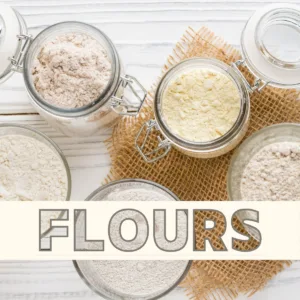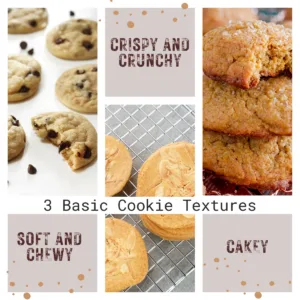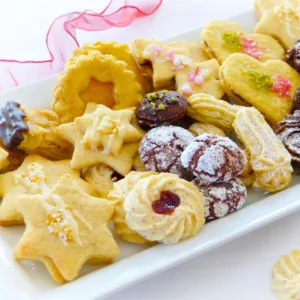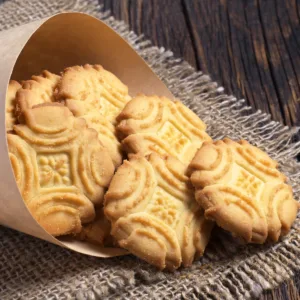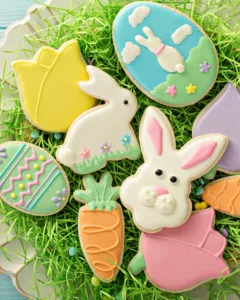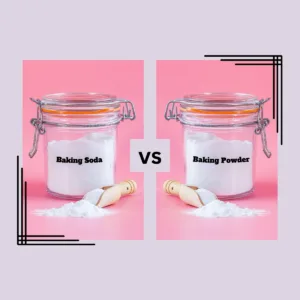Different types of sugar – like granulated, powdered, and brown sugar – require different measuring techniques for accurate baking results.
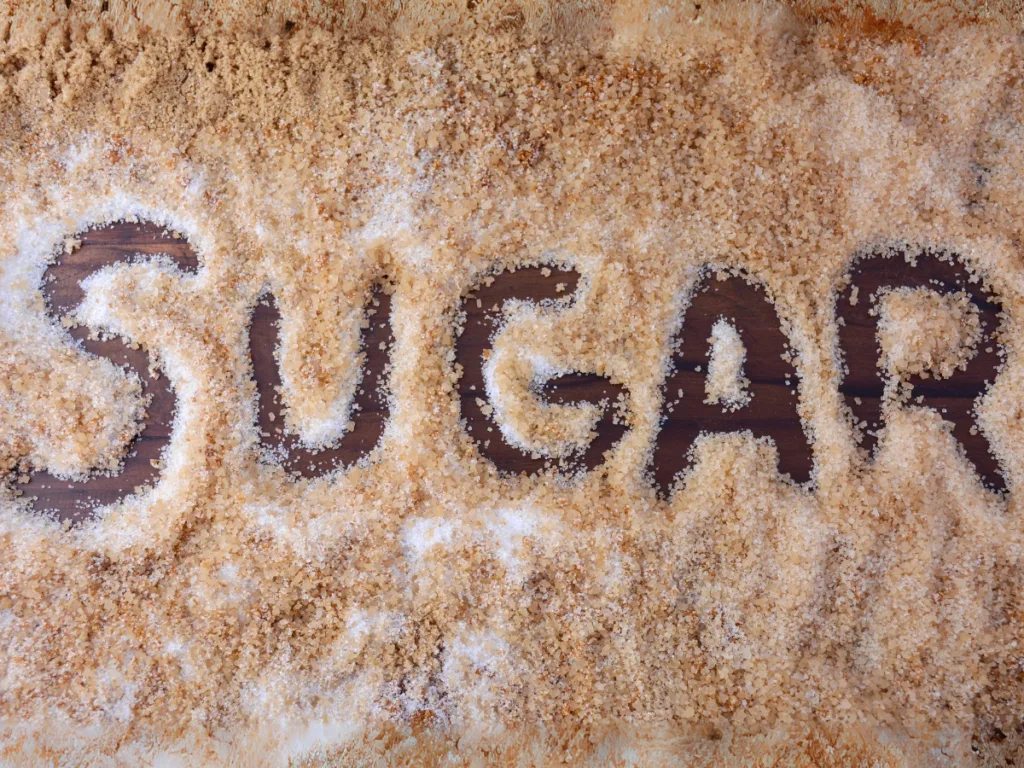
Granulated sugar, for example, is often measured by volume (typically cups), while powdered sugar is often measured by weight (in grams or ounces). Brown sugar, on the other hand, can be measured either way depending on the recipe. This can get confusing! To eliminate guesswork and ensure your baked goods turn out perfectly every time, I’m breaking down the best methods for measuring each type of sugar. Let’s get started!
Understanding Sugar Measurement: A Comprehensive Guide
When it comes to baking and cooking, the way you measure sugar can have a big impact on the final result. But with different types of sugar and methods of measurement, it can get confusing! This guide will demystify sugar measurement, so you can bake and cook with confidence.
Why Does Sugar Measurement Matter?
Sugar acts as a sweetener, stabilizer, and flavor enhancer in recipes. The amount of sugar you use directly influences the texture, flavor, and overall success of your dish. Therefore, accurate sugar measurement is crucial for achieving the desired outcome.
Types of Sugar and Their Measurement
Different types of sugar have different densities and crystal structures, which affect how they measure. Here’s a breakdown of common sugars and their proper measurements:
Granulated Sugar (White or Golden and Brown Colored): This is the most common type of sugar. It measures the same whether packed or spooned into a measuring cup. This category includes white sugar and brown colored sugars such as cane sugar which tends to be a light golden color and coconut sugar, which is usually a light brown color. Cane and coconut sugar can replace white sugar using a 1:1 ratio in most recipes. For most recipes, 1 cup of granulated sugar is equal to 7 ounces or 200 grams.
Confectioners’ Sugar (Powdered Sugar): This sugar is finely ground and powdery. It compacts easily in a measuring cup. For most recipes, 1 cup of confectioners’ sugar is equal to 8 ounces or 225 grams.
Brown Sugar (Light and Dark Brwon Sugar): This sugar is moist and sticky, so it doesn’t measure the same as granulated sugar. Packed brown sugar is usually about 10% heavier than loose brown sugar. For most recipes, 1 cup of packed brown sugar is equal to 7 ounces or 190 grams.
Liquid Sugars (Maple Syrup, Honey, etc.): These sugars are not dry and do not have a consistent density. The measurement depends on the specific sugar and the consistency of the liquid. For most recipes, 1 cup of liquid sugar is equal to 8 ounces or 225 grams.
The Best Way to Measure Sugar
The method you use to measure sugar can also impact the final result. Here’s how to measure sugar accurately:
Spoon and Level: This is the most common method. Spoon the sugar into your measuring cup and then level it off with a straight edge (like a knife or the back of a spoon).
Packing: Some recipes call for packed sugar. To pack sugar, spoon it into the measuring cup and press it down firmly with your fingers.
Scooping: Some recipes call for scooping sugar directly from the bag or container into the measuring cup. While this is the easiest method, it’s not as accurate as spooning and leveling.
By understanding the different types of sugar and how to measure them accurately, you’ll be well on your way to baking and cooking success! Start experimenting with different sugars and see how they affect your recipes.
How to Measure Granulated Sugar
The best way to measure granulated sugar is also the easiest: just grab your dry measuring cup and use it to scoop the sugar right out the container. But there’s a trick to getting an accurate measurement: after scooping, use a straight edge (like the back of a knife) to level off the top of the sugar. This ensures that the sugar is tightly packed and not overflowing the cup. So, for granulated sugar: scooping is great! 1 cup of granulated sugar is 200 grams if using a scale.
Common Mistake: Don’t pack the sugar down! Overfilling the cup will result in too much sugar in your recipe.
Visualize it: Imagine a small mountain of sugar in your measuring cup. After leveling, the top of the sugar should be flat and even with the top of the cup.
Store it right: Once measured, cover the sugar to protect it from absorbing moisture and keep it fresh for future use.
How to Measure Brown Sugar
Unlike granulated sugar, the scoop method is not the best way to measure brown sugar. Instead of scooping brown sugar you want to pack it into a dry measuring cup. This method ensures that you get the most accurate measurement possible.
Here’s a step-by-step guide to packing brown sugar correctly:
Spoon the brown sugar into the measuring cup: Start by loosely spooning the brown sugar into the measuring cup until it’s full.
Use the back of the spoon to press the brown sugar down: After spooning the sugar, take the back of the spoon and press down on the brown sugar. This will pack it into the measuring cup as tightly as possible.
Level off the excess sugar with a knife: Once the brown sugar is packed, use a dinner knife or other straight edge to level off the top of the sugar in the cup.
Check if the packed sugar holds its shape: When you lift the measuring cup, the packed brown sugar should hold its shape. If it does, you’ve measured it correctly!
Know the weight equivalent: For those who prefer to measure in grams, 1 cup of packed brown sugar is approximately 200 grams.
The key to accurate brown sugar measurements is packing the sugar tightly into the measuring cup. This removes all the air, giving you the most accurate volume measurement possible. Don’t skip this step if you want your baking to turn out perfectly!
How to Measure Powdered Sugar
Powdered sugar, also known as confectioner’s sugar, is a staple ingredient in many baking recipes. But how can you be sure you’re measuring it correctly? Follow this comprehensive guide to master the art of measuring powdered sugar.
The Importance of the “Spoon and Level” Method
The “spoon and level” method is the gold standard for measuring powdered sugar (and many other dry ingredients). Here’s why:
Accuracy: Spooning the sugar into your measuring cup prevents packing, which can lead to inaccurate measurements. Levelling off the top ensures a consistent amount each time.
Consistency: This method ensures your measurements are always the same, no matter who’s doing the measuring.
Better Baking Results: Accurate measurements lead to better textures and flavors in your baked goods.
Now that you understand the importance of the “spoon and level” method, let’s put it into practice:
1. Spoon the sugar: Use a spoon to transfer the powdered sugar from its packaging into your dry measuring cup. Don’t press or pack the sugar down – just let it settle naturally.
2. Level off the top: Once the sugar has settled, use a straight-edged tool, like a dinner knife, to level the surface of the sugar with the top of the measuring cup.
Powdered Sugar in Recipes
Powdered sugar is a versatile ingredient that adds sweetness and lightness to many dishes. Here are a few examples:
Decorating Cookies: Powdered sugar is perfect for dusting over cookies for a delicate sweetness.
Frosting: It’s the key ingredient in buttercream frosting, which is great for cake decorating.
Smoothies and Lattes: Who knew powdered sugar could elevate your morning coffee or smoothie?
Weight Equivalents for Powdered Sugar
If you have a kitchen scale, you can also measure powdered sugar in grams. Here’s the equivalent for 1 cup of powdered sugar:
1 cup of powdered sugar = 113 grams
Why is this important?
Knowing the weight equivalent allows you to easily scale recipes up or down without compromising the ratios of ingredients. This is especially useful when you’re baking for a crowd or want to try a smaller batch.
Avoid Common Measuring Mistakes
Improperly measuring powdered sugar can have surprising consequences. Here are a few to watch out for:
Too Sweet: If you pack the sugar into your measuring cup, you’ll end up with more than the recipe calls for, leading to overly sweet treats.
Too Dry: On the flip side, if you don’t level off the sugar correctly, you might end up with a recipe that’s missing its moistness.
How to Measure Sticky Sweeteners
When a recipe calls for sticky sweeteners like honey, maple syrup, molasses, or agave, it’s important to use a liquid measuring cup. Unlike dry sugars, these ingredients are viscous and can be tricky to measure accurately with dry measuring cups.
Honey: This golden sweetener is beloved for its rich, slightly floral flavor. It’s often used in baking and cooking to add sweetness and moisture. Honey is also known for its antibacterial properties and is a good choice for those following a vegan or paleo diet.
Maple Syrup: Made from the sap of maple trees, this sweetener has a distinct, slightly complex flavor profile. It’s popular in both sweet and savory dishes for its subtle caramel notes. Maple syrup is a good source of minerals like calcium and potassium, but it’s high in sugar.
Molasses: A byproduct of the sugar-making process, molasses has a robust, slightly bitter flavor. It’s often used in baking for its deep, earthy notes and moistening properties. Molasses is a good source of iron and other minerals, but it’s also high in sugar.
Agave: Derived from the agave plant, this sweetener has a light, almost neutral flavor that makes it versatile in both sweet and savory dishes. It’s often used as a natural sugar substitute due to its lower fructose content compared to honey and maple syrup.
To measure sticky sweeteners accurately, spray your liquid measuring cup with cooking spray before adding the sweetener. This will prevent the sweetener from sticking to the cup and make it easy to remove every last drop.
Using a liquid measuring cup for sticky sweeteners ensures that you get the correct amount called for in your recipe. It also prevents wasted ingredients and makes for more precise baking and cooking results.
So, the next time your recipe calls for honey, maple syrup, molasses, or agave, don’t reach for the dry measuring cups. Instead, grab your liquid measuring cup and spray it with cooking spray to ensure you get the right amount every time. Your baked goods and dishes will thank you for the extra precision!
You may want to learn about the Different Baking Flours used in baking cookies.
Hope you enjoyed this article and learned something new. It is always my intention to leave you with a little bit of knowledge after reading my posts.
Looking for a new seasonal recipe blog to follow? Explore new recipes on our food blog at Thyme of Season.
